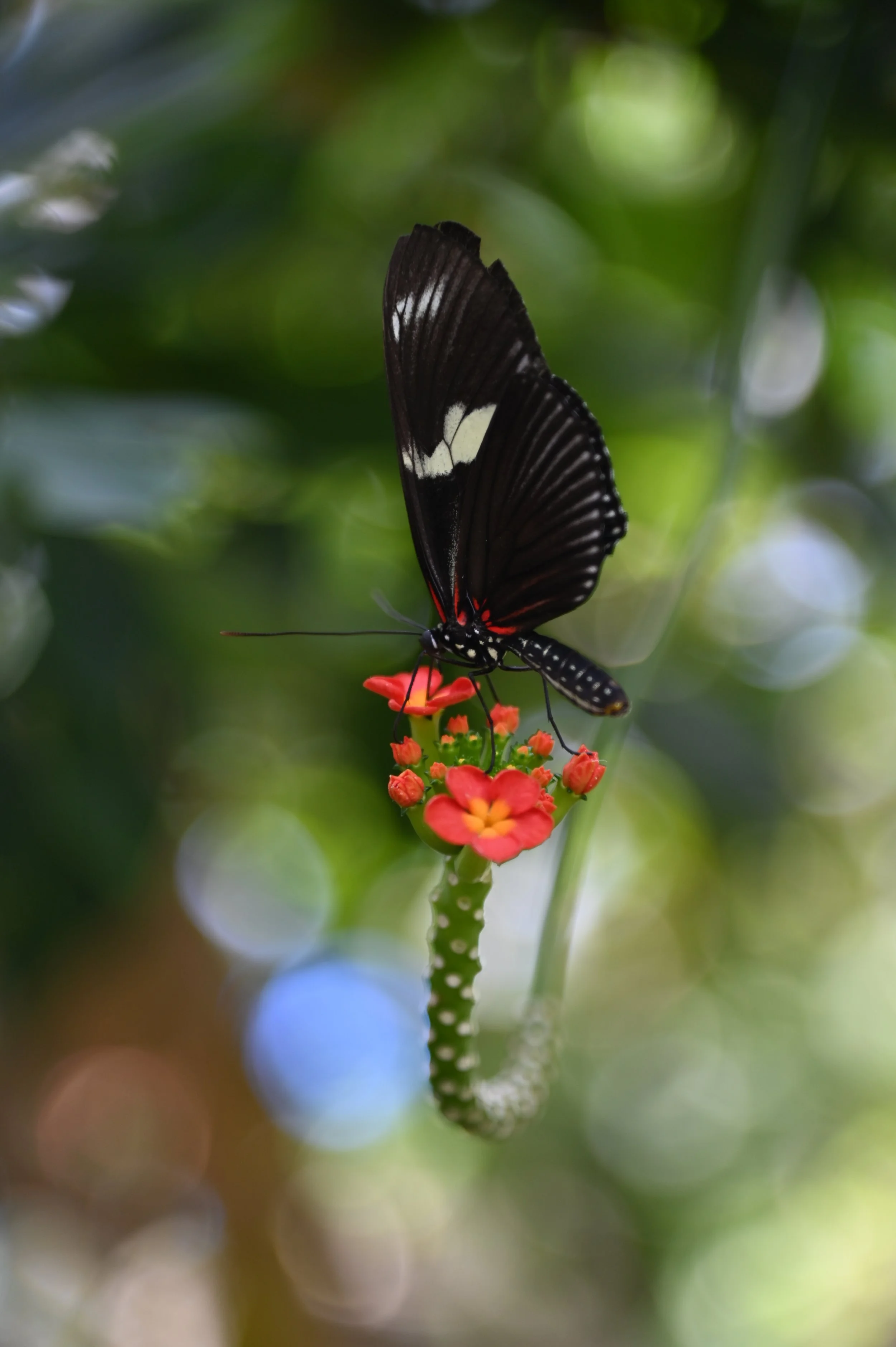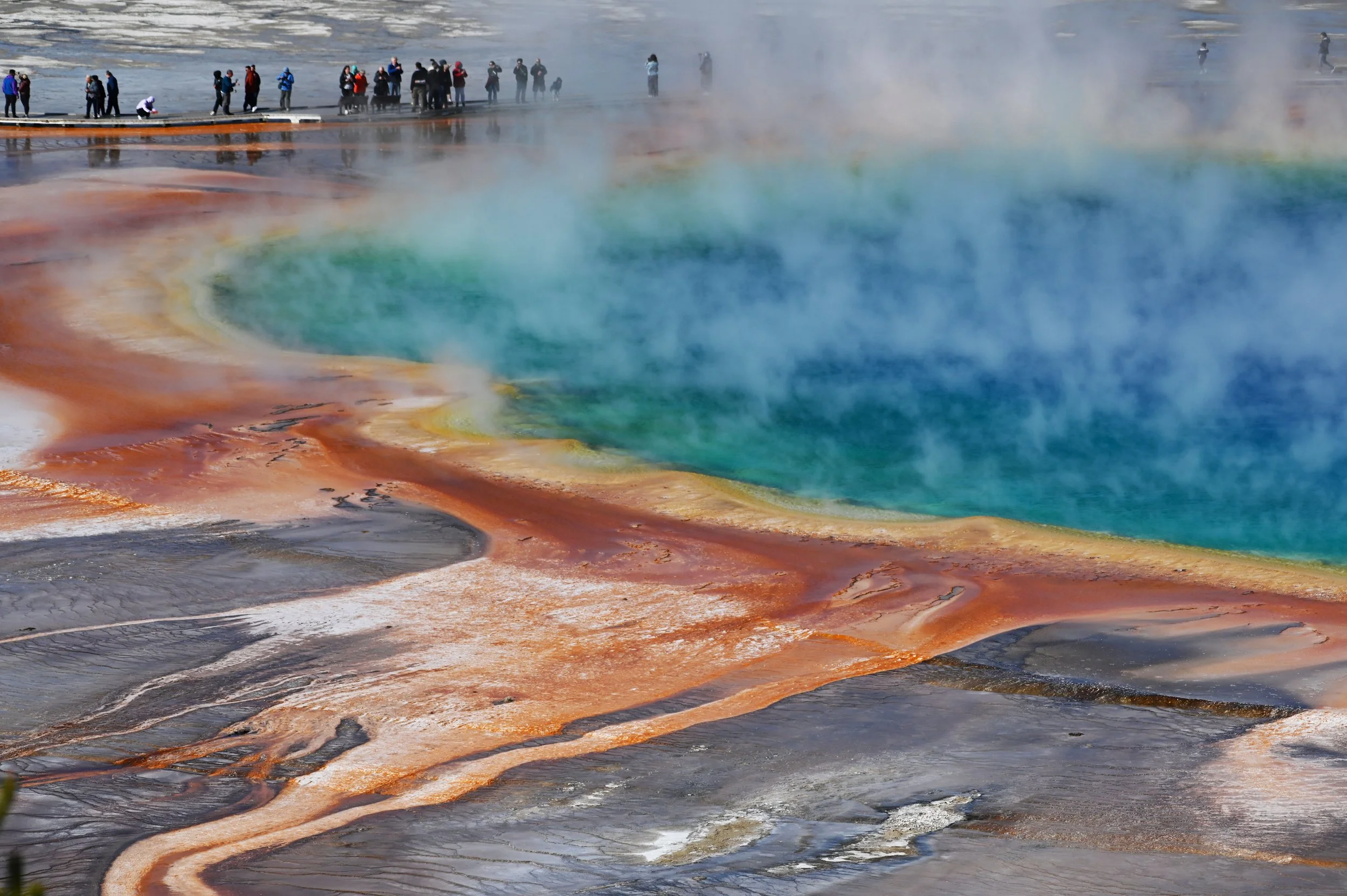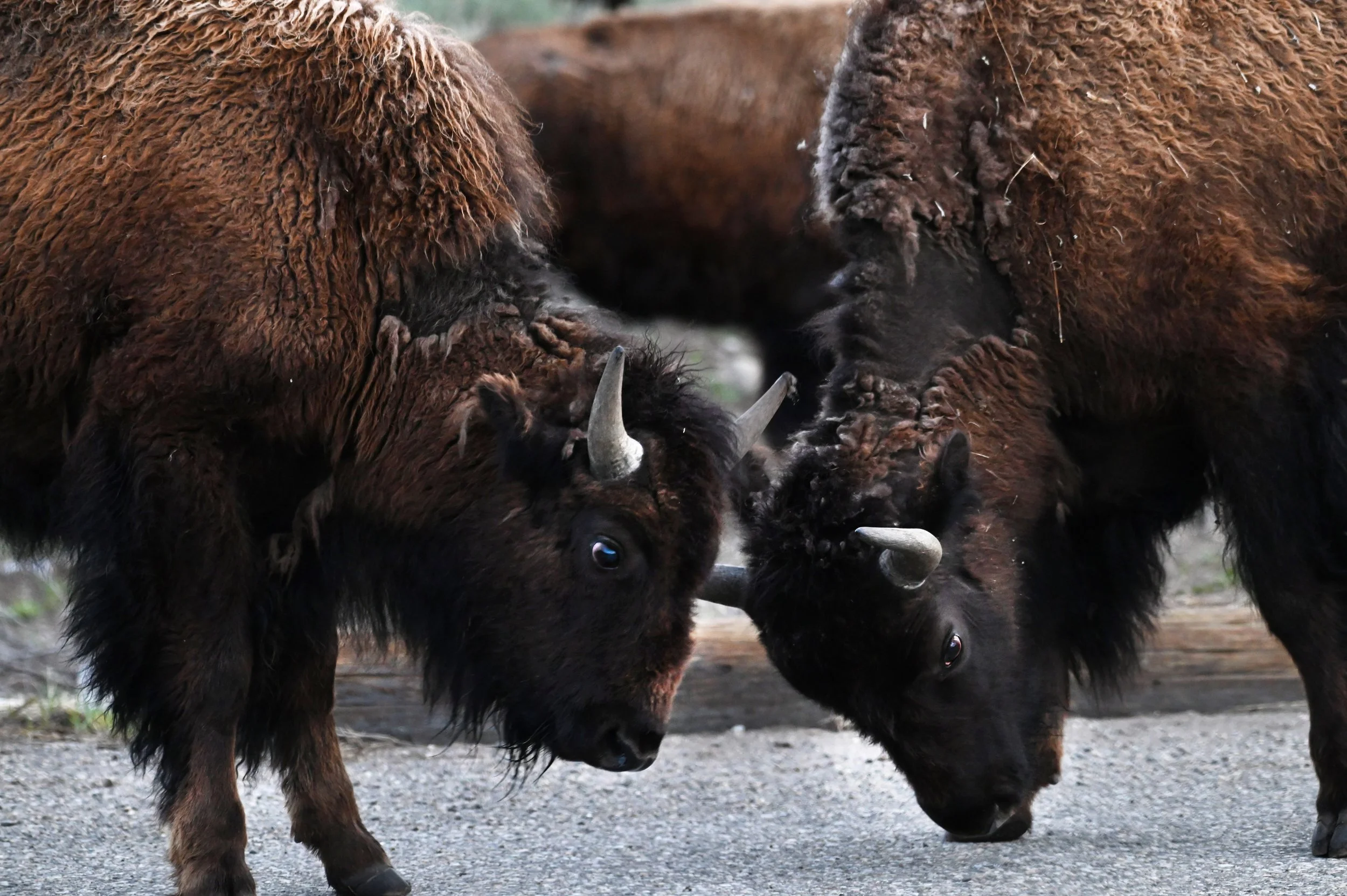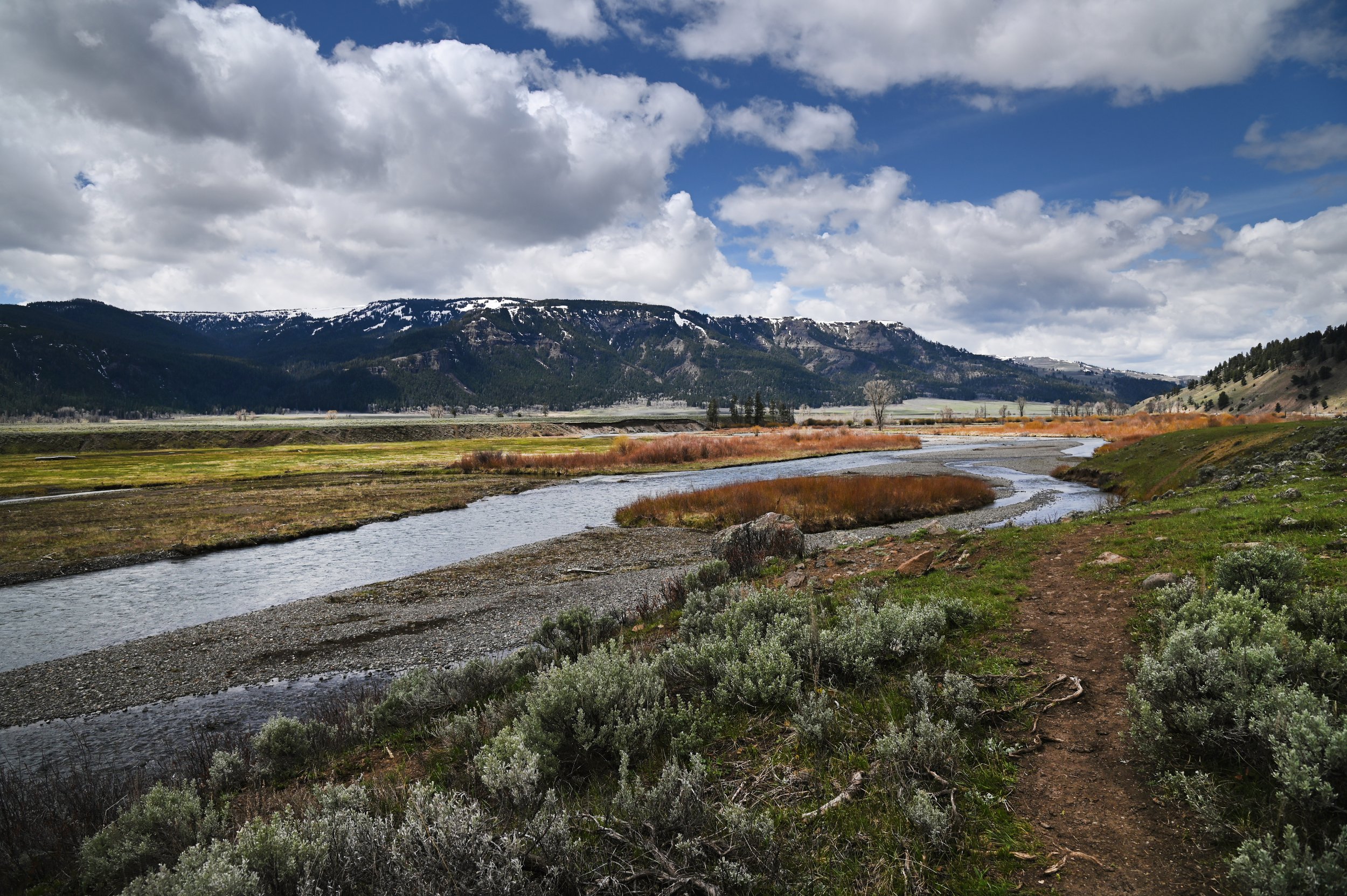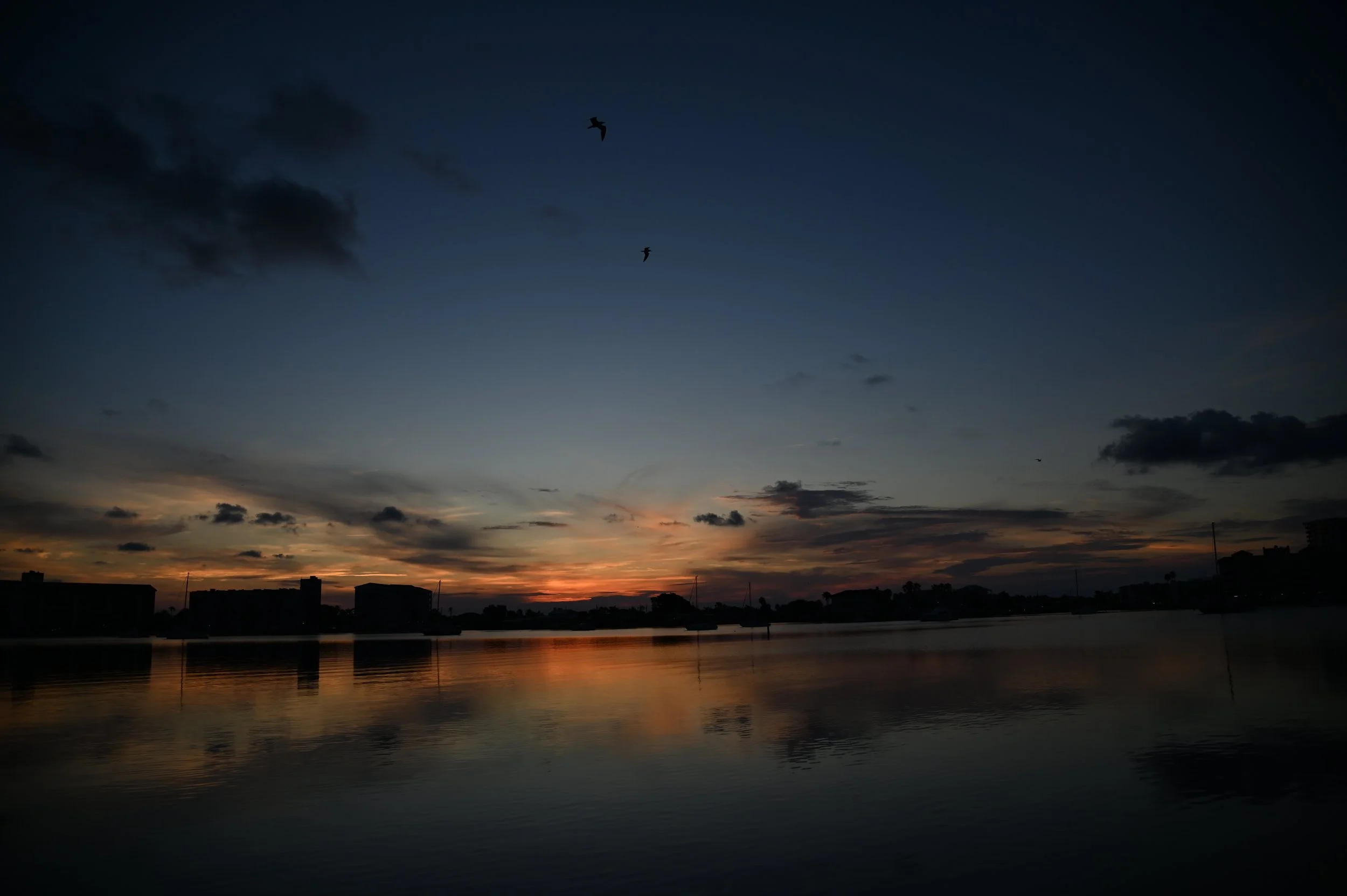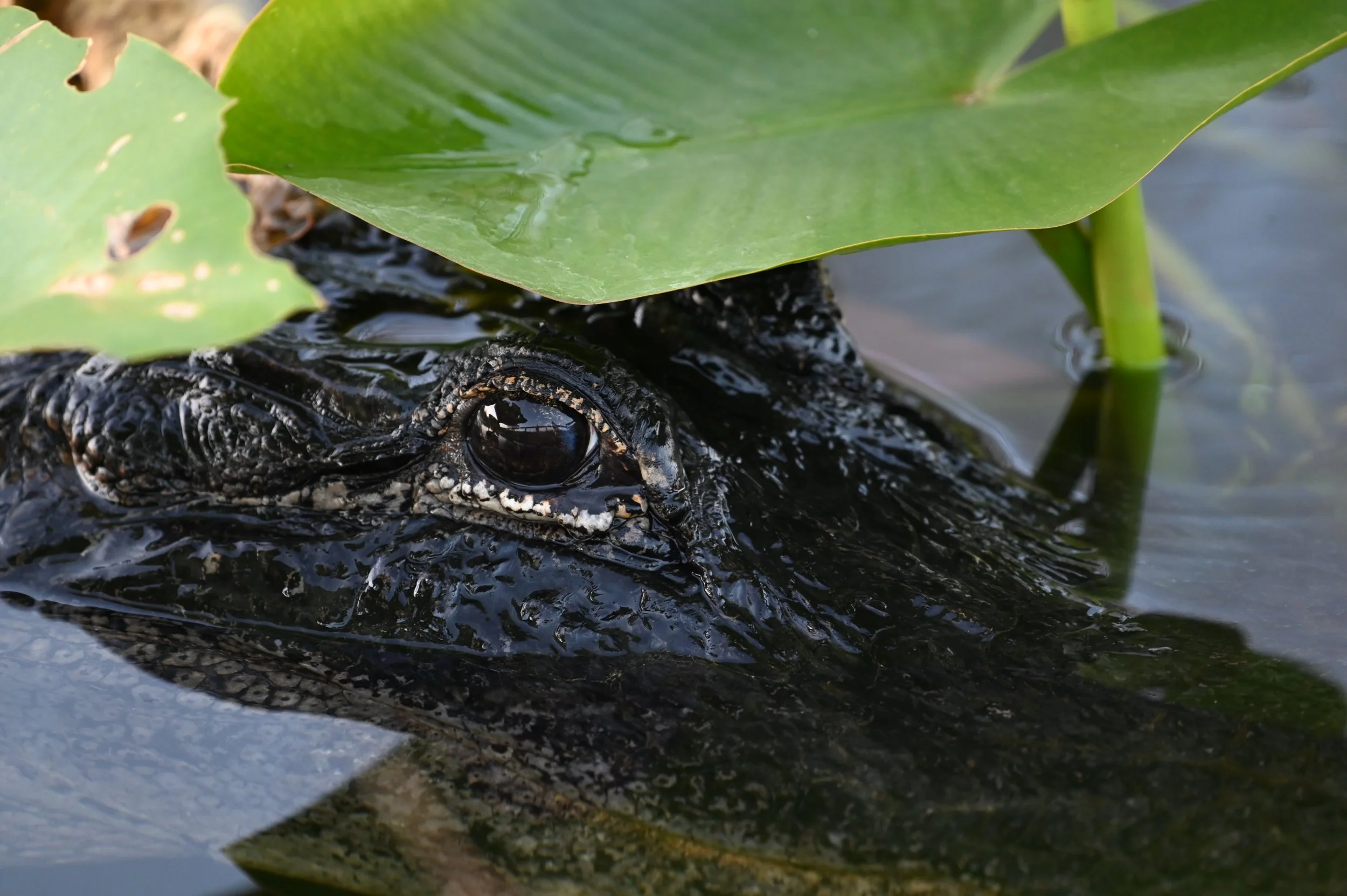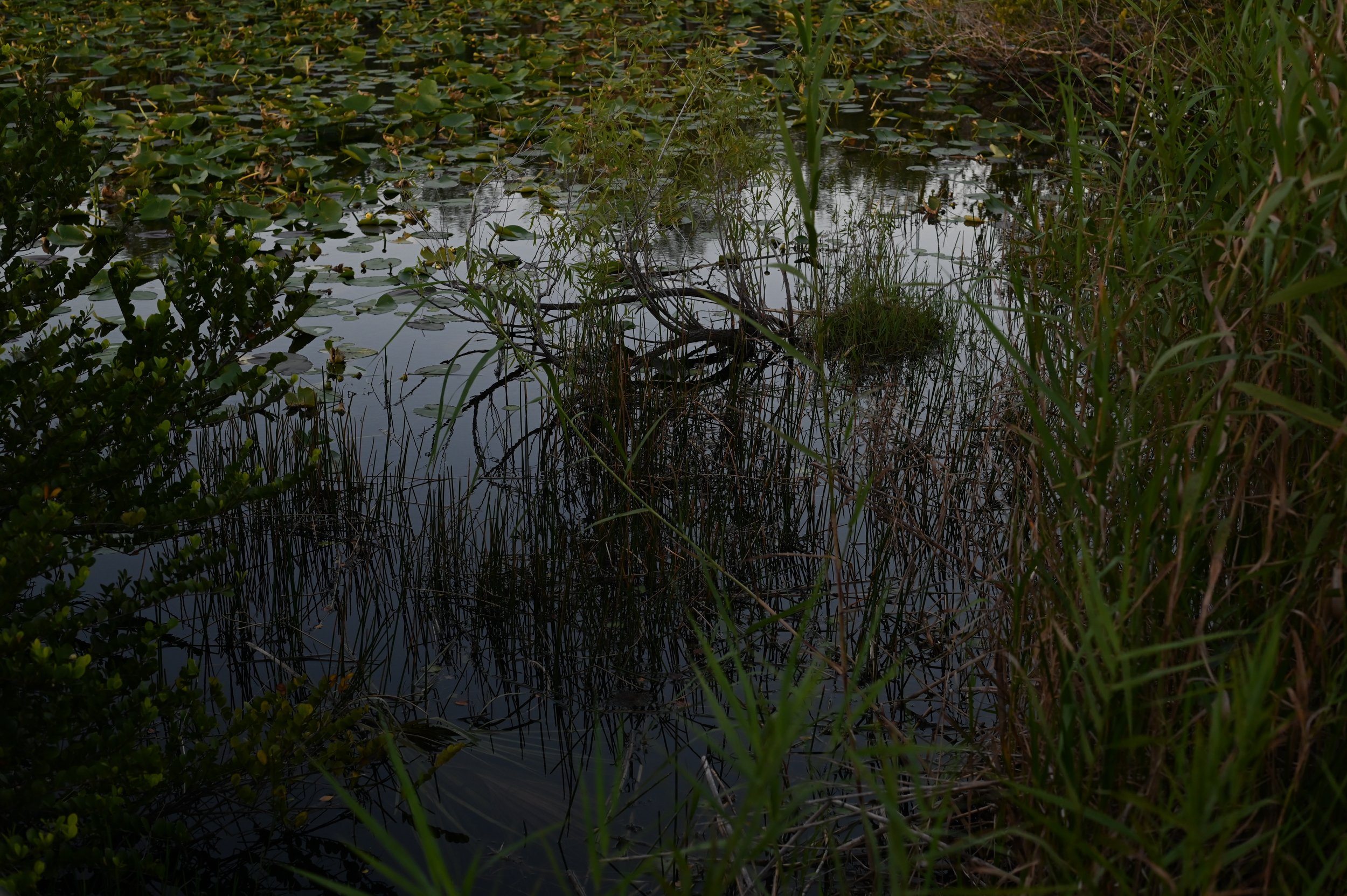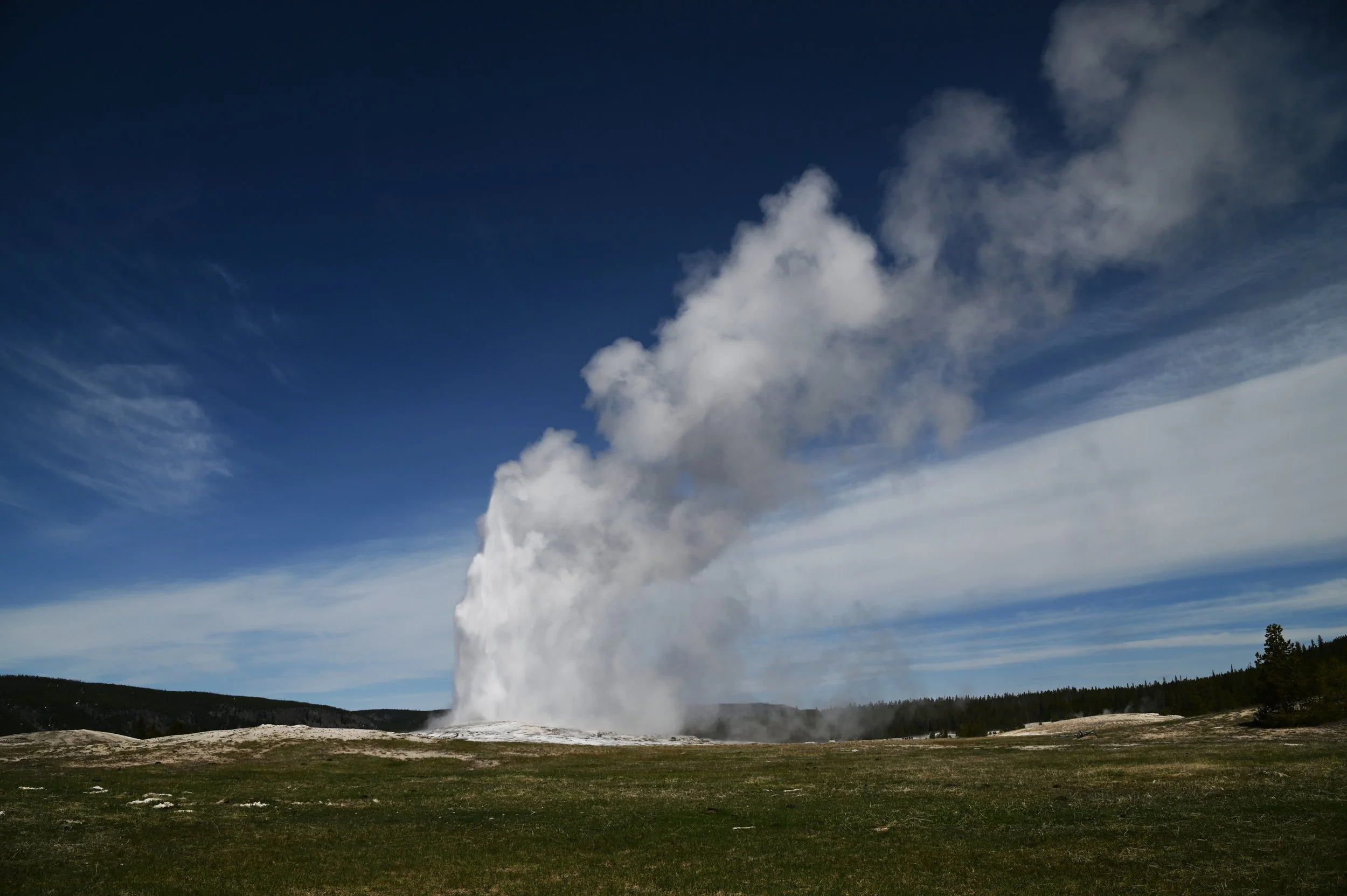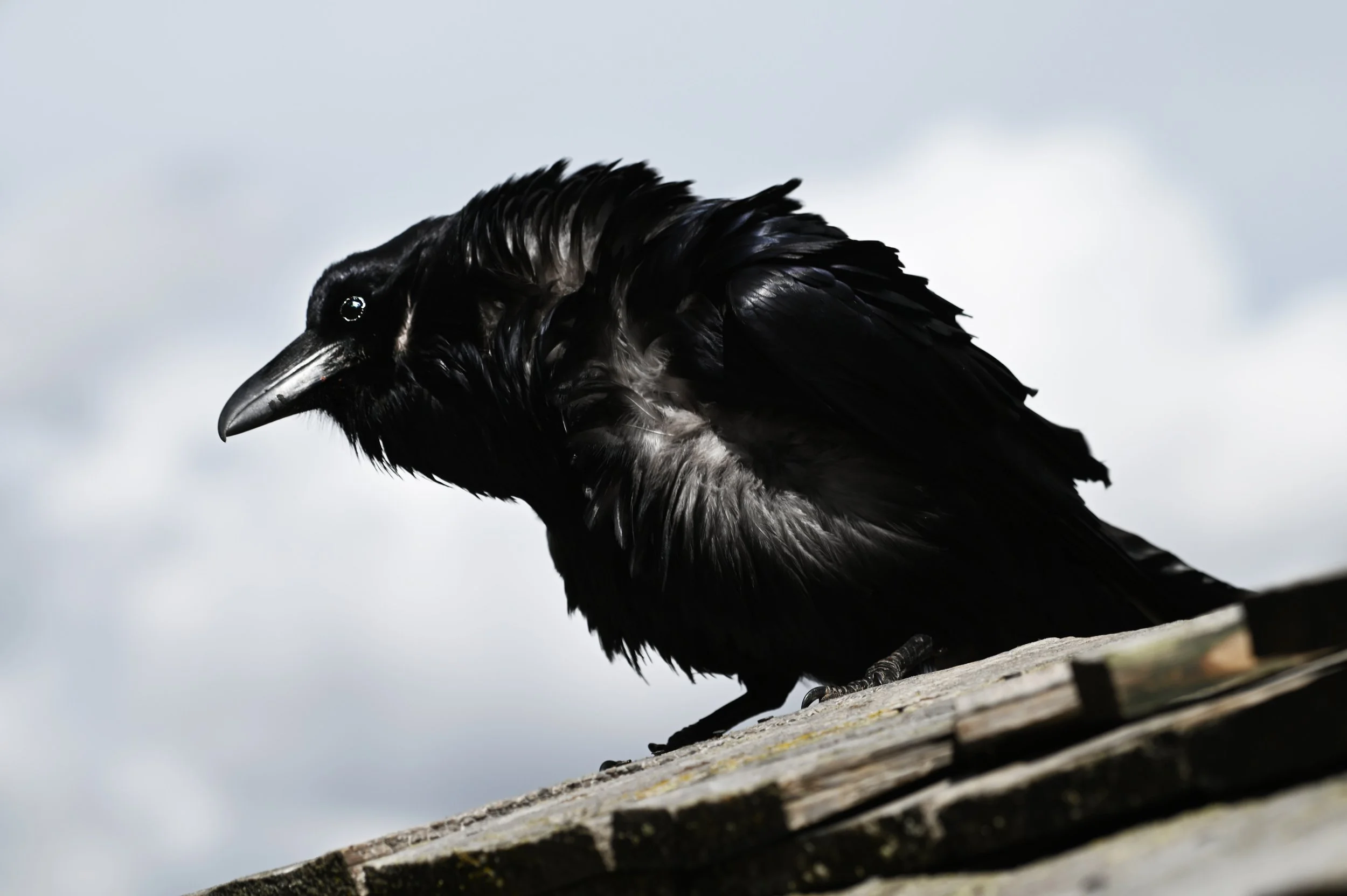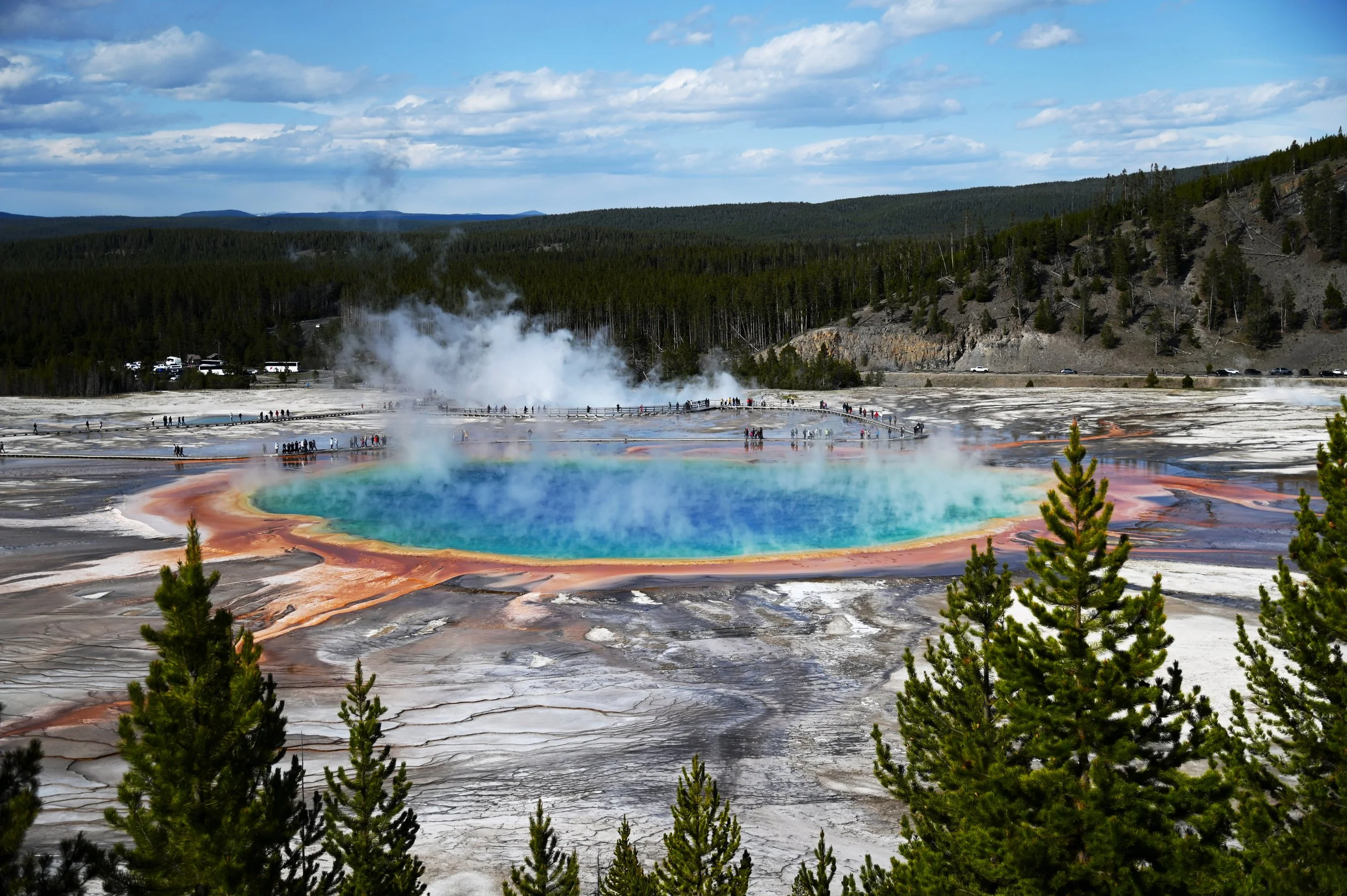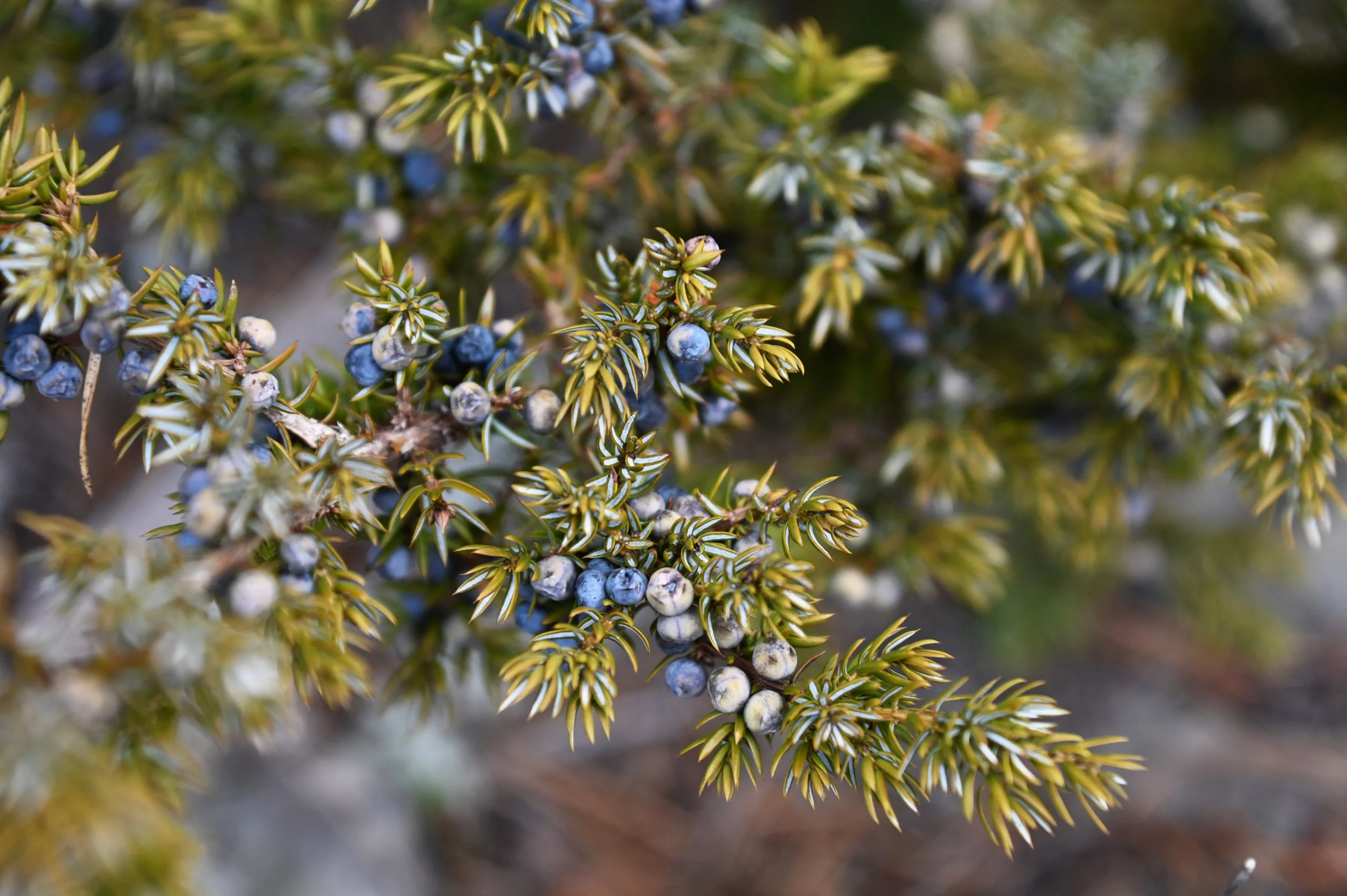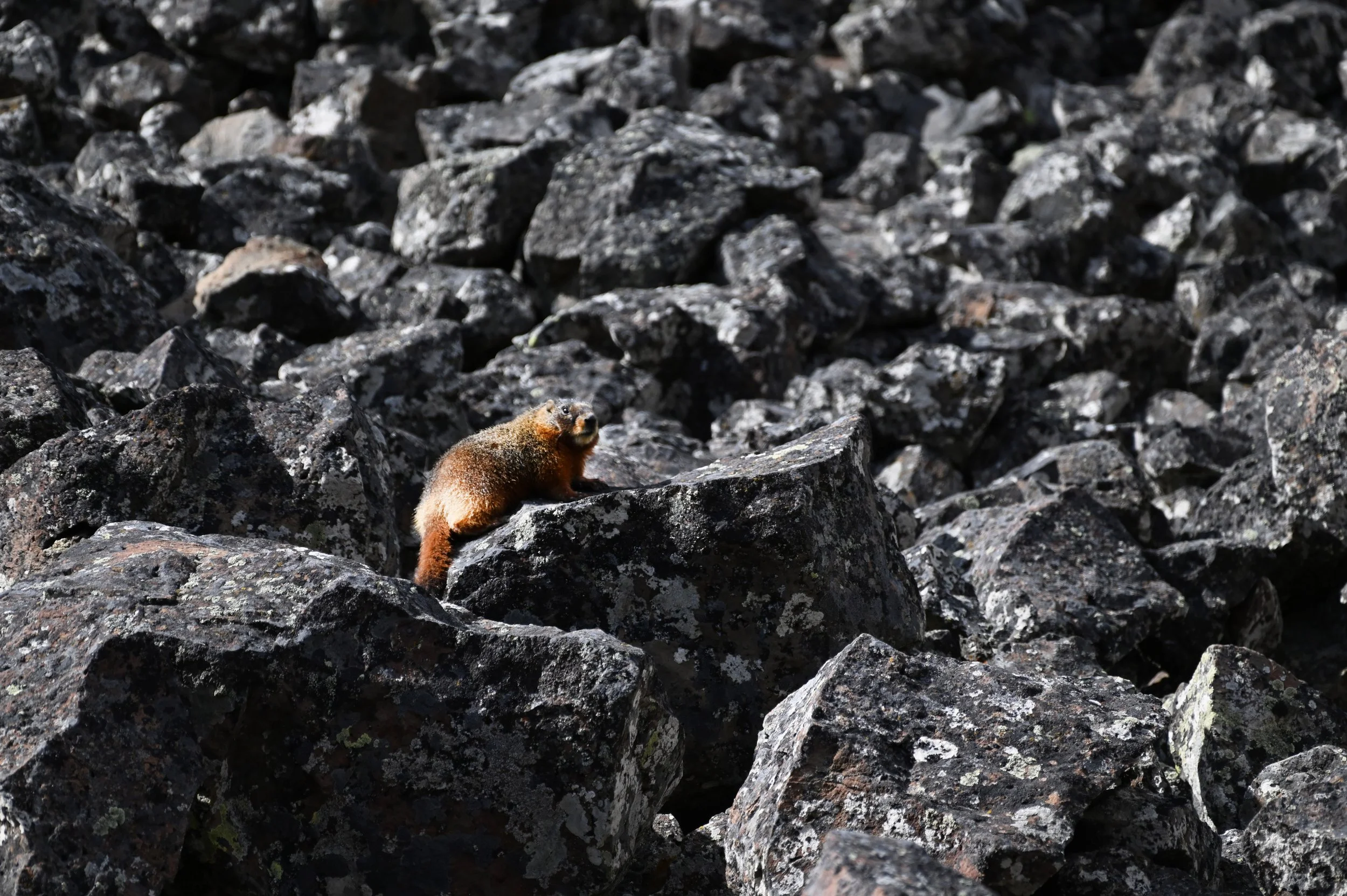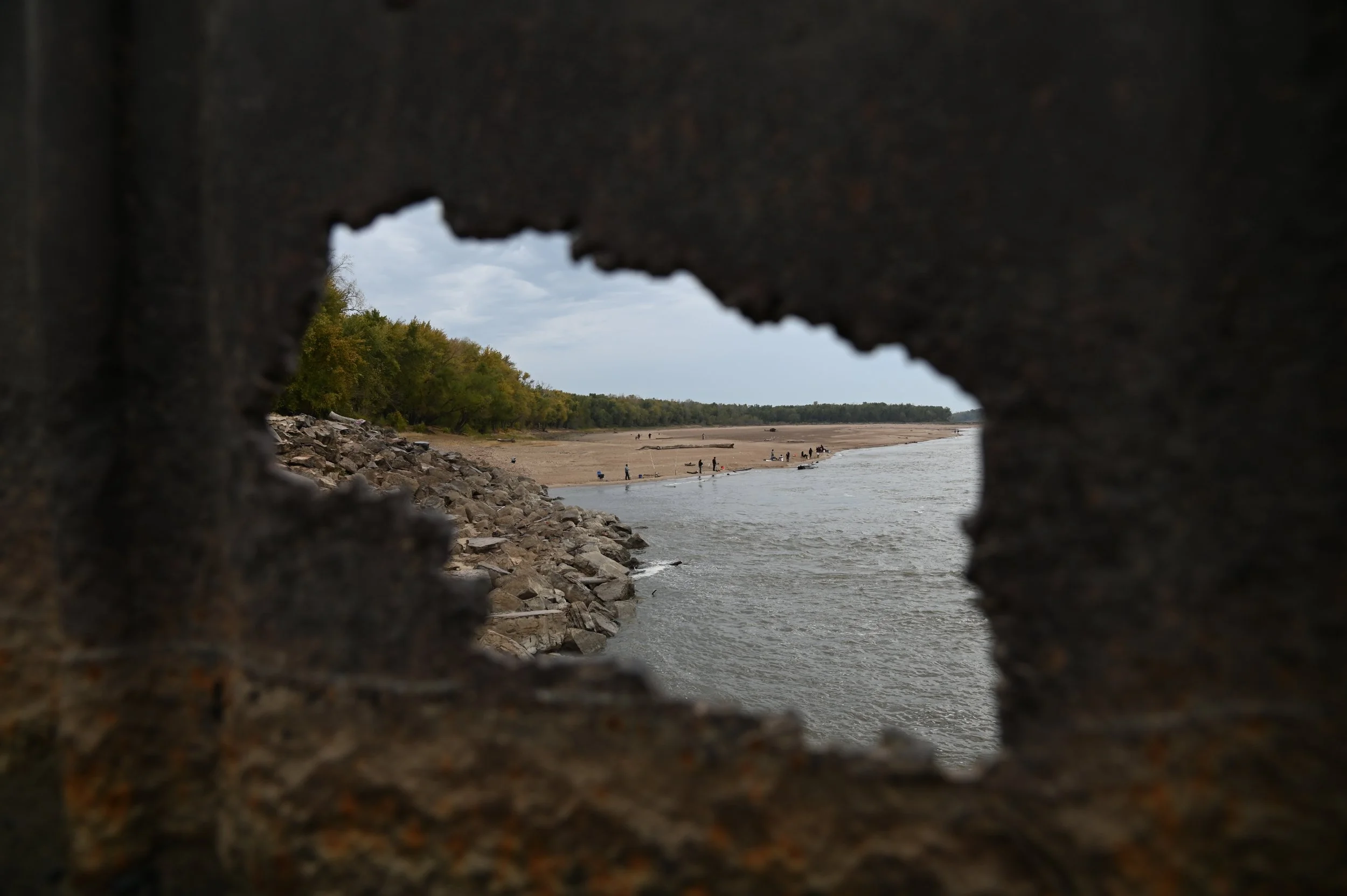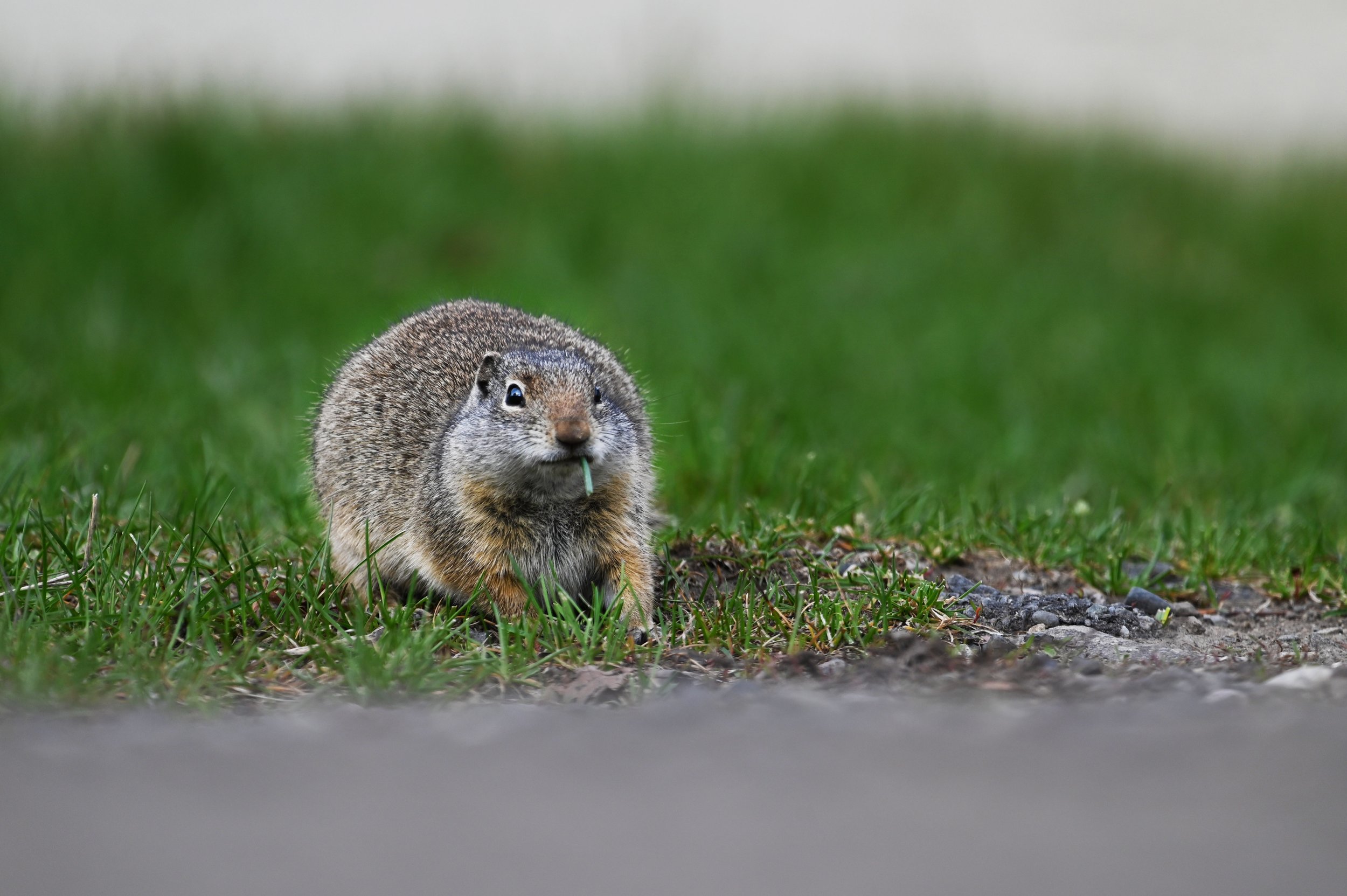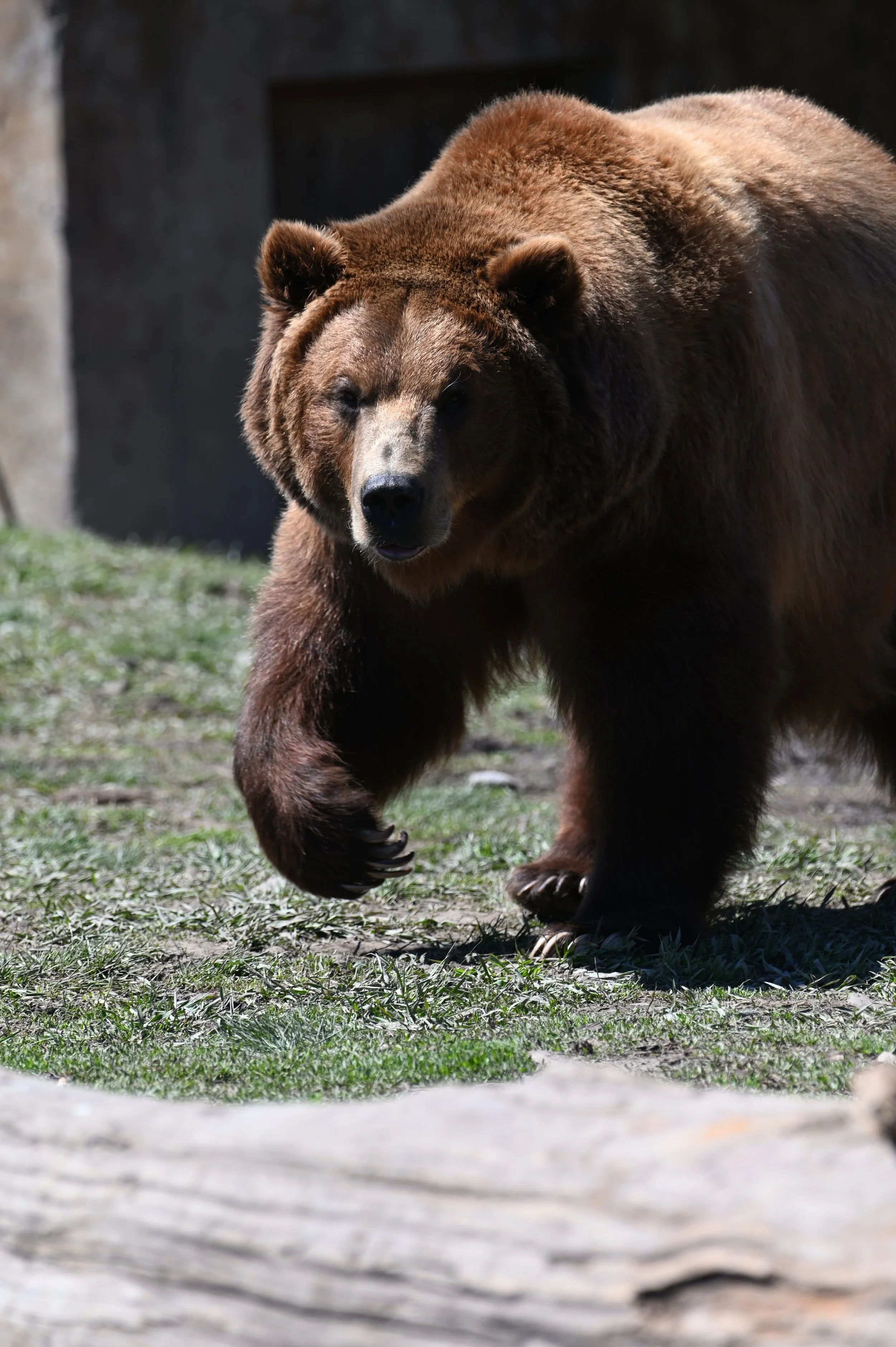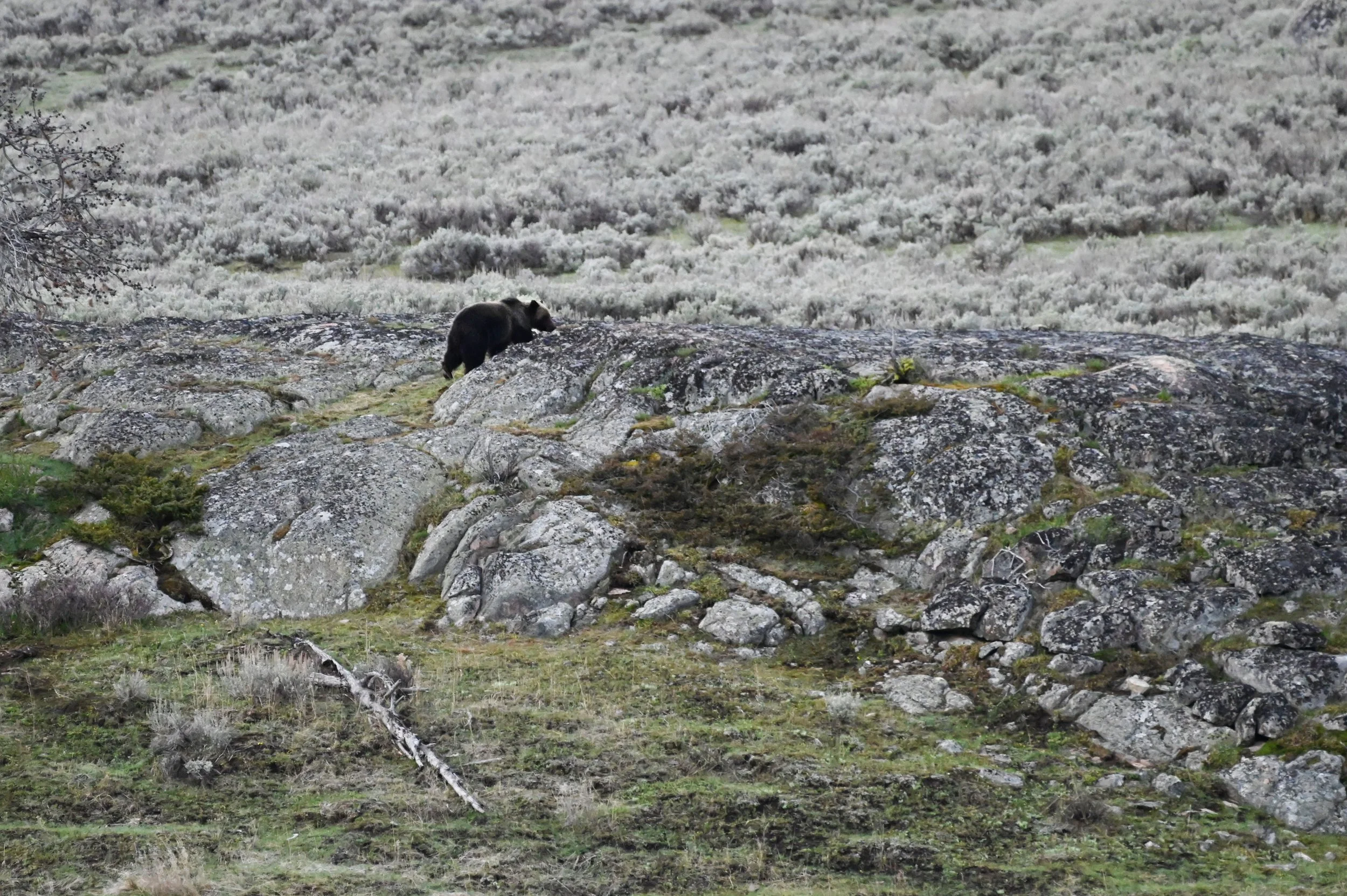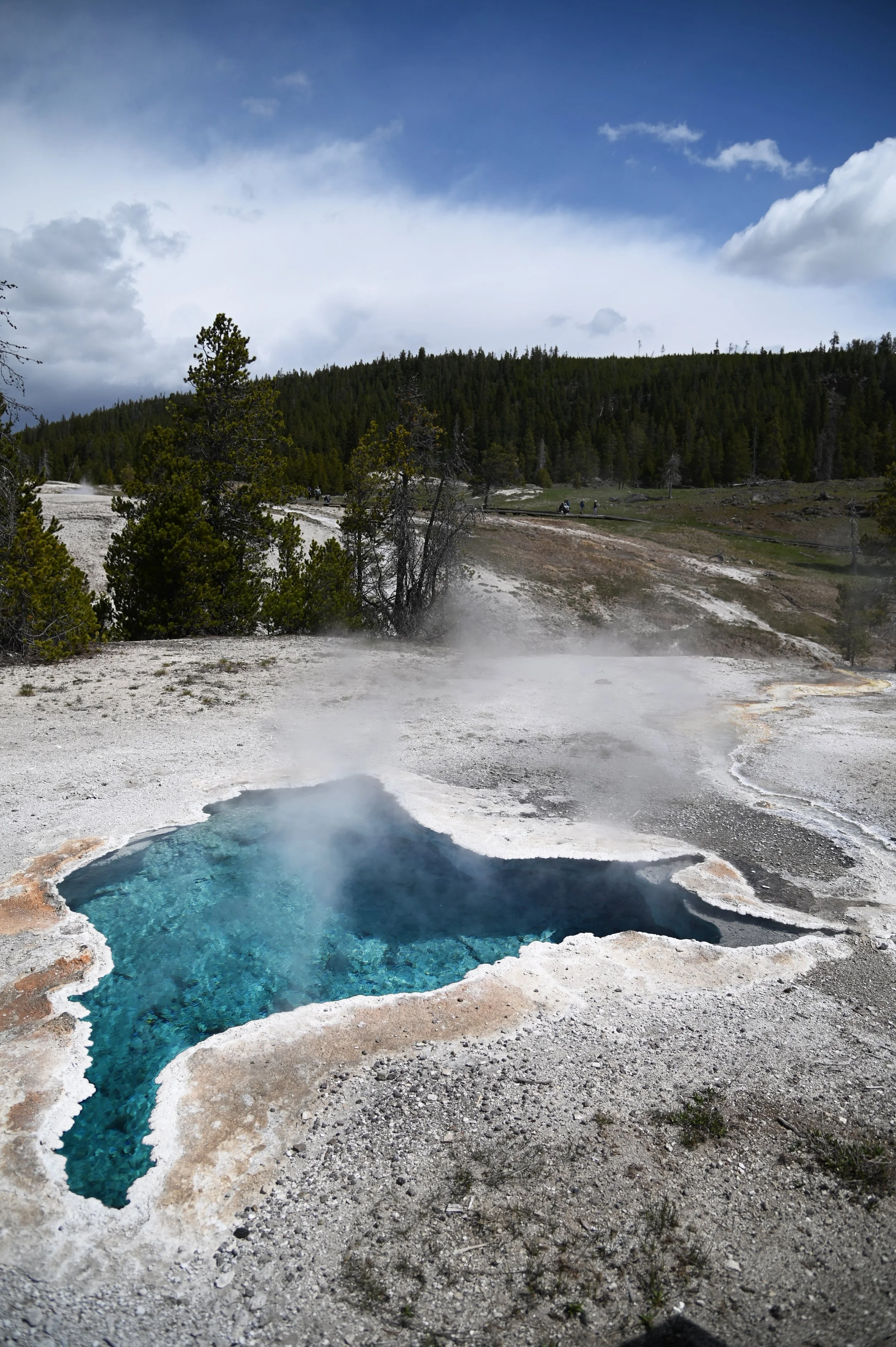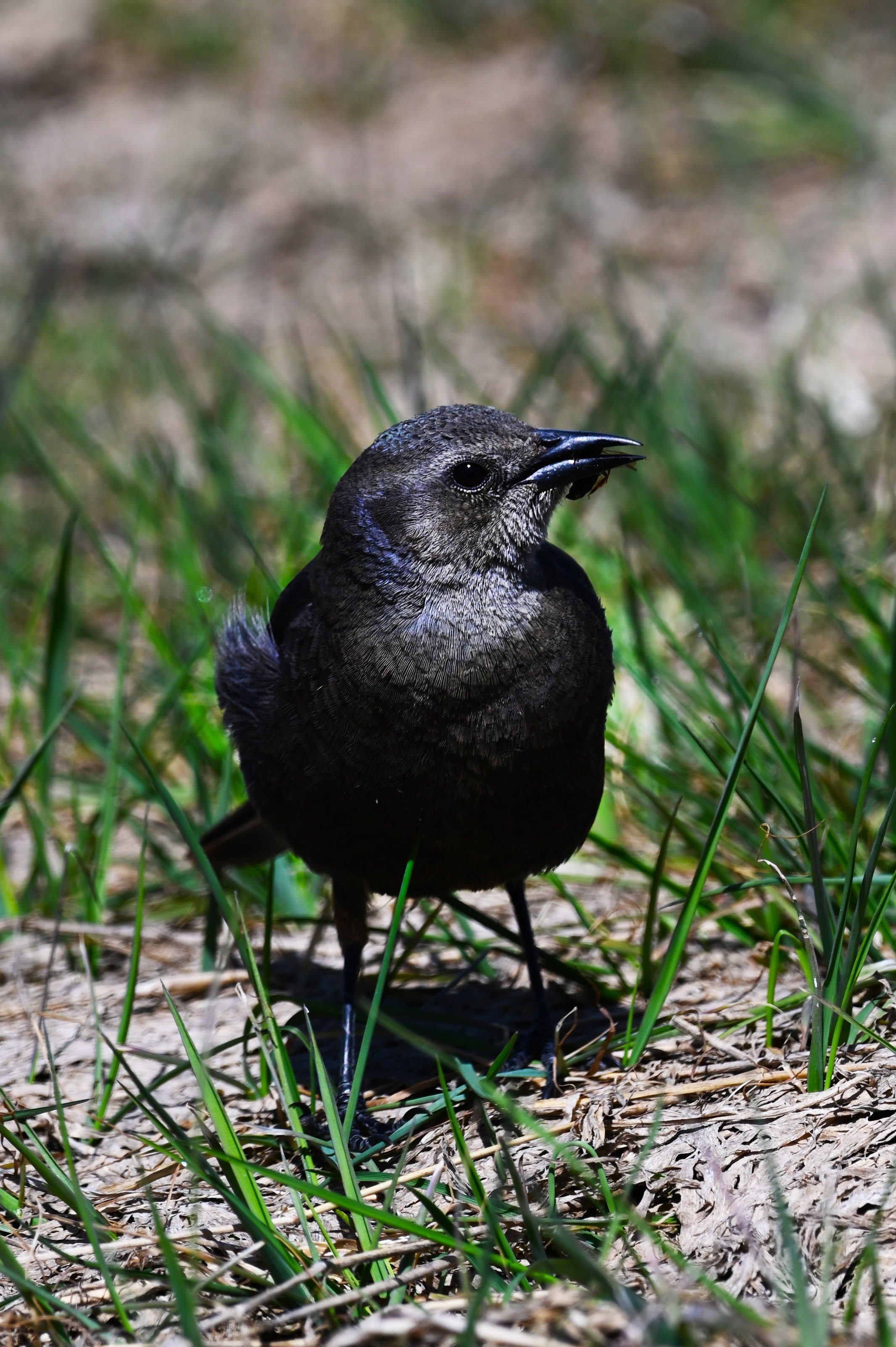A yellow-crowned night heron perches on a log in Forest Park in St. Louis, Mo. on Tuesday, June 11, 2024. The bird is rare to the region and believed by some cultures to be a symbol of good luck and prosperity.
A double rainbow is seen over Clearwater Beach after a meteotsunami hit the area Monday, July 17, 2023. Meteotsunamis are generated when rapid changes in barometric pressure cause the displacement of a body of water.
A butterfly lands on a flower at the St. Louis Butterfly House in St. Louis, Mo. on Sunday, Aug. 6, 2022.
Visitors gather on the edge of the Grand Prismatic Spring in Yellowstone National Park on Saturday, May 18, 2024. The Grand Prismatic is the largest hot spring the country.
Bison butt heads in the road at Yellowstone National Park on Saturday, May 18, 2024. Male bison display their fitness by charging and butting heads with other bulls
Water trickles through the Lamar River in Lamar Valley in Yellowstone National Park on Wednesday, May 15, 2024. The Lamar River is a tributary of the Yellowstone River and is approximately 40 miles long.
A bird is seen spreading its wings in the water near the Anhinga Trail at the Everglades National Park on Friday, March 29, 2024. Many species in the Everglades face challenges, as the area lost 70 percent of its water flow due to urban and agricultural development and the creation of flood control canal systems that have drained the landscape.
The sun sets over Clearwater Beach in Clearwater Fl. on Tuesday, July 4, 2023. The beach is a popular tourist destination.
An American alligator sits in a foot of water near the Anhinga Trail in the Everglades National Park on Friday, March 29, 2024. Alligators are the largest creatures living in the Everglades and males can reach 14 feet in length and they can weigh a thousand pounds.
Birds rest atop a tree near the Anhinga Trail in the Everglades National Park on Friday, March 29, 2024. Trees provide birds with nesting sites, cover from inclement weather, food, and protection from preying animals.
The Everglades National Park provides an example of a wetland on Friday, March 29, 2024. Everglades National Park is a 1.5-million-acre preserve on the southern tip of Florida, made up of coastal mangroves, sawgrass marshes and pine flatwoods that are home to hundreds of animal species.
Old Faithful erupts at Yellowstone National Park on Saturday, May 18, 2024. It is a cone geyser that is highly predictable and has erupted every 44 minutes to two hours since 2000.
Individuals visit a hot spring in Yellowstone National Park on Wednesday, May 15, 2025. The park hosts more than 10,000 hydrothermal features including hot springs, geysers, fumaroles, and mud pots.
A raven sits atop a map at Yellowstone National Park on Wednesday, May 15, 2024. These birds are known for their intelligence, mimicry skills, and penchant for taking advantage of and robbing unsuspecting Yellowstone visitors.
Visitors gather on the edge of the Grand Prismatic Spring in Yellowstone National Park on Saturday, May 18, 2024. The hot spring is 121 feet deep and 160 degrees fahrenheit.
A hot spring rests at Yellowstone National Park on Saturday, May 18, 2024. It is produced by the emergence of geothermally heated groundwater onto the surface of the Earth and is heated either by shallow bodies of magma or by circulation through faults to hot rock deep in the Earth's crust.
Berries are seen on a tree in Yellowstone National Park on Wednesday, May 15, 2024.
Water trickles at Mammoth Hot Springs in Yellowstone National Park on Wednesday, May 15, 2024. The water comes from the surrounding mountains, rain and snow soak through the ground and is heated below the surface.
A yellow-bellied marmot rests on a rocky hill in Yellowstone National Park on Wednesday, May 15, 2024. These marmots eat grasses, flowers and forbs.
The Chain of Rocks beach is seen through a gap in metal on an abandoned river infrastructure on the Mississippi River on Sunday, Nov. 4, 2024. Fishermen gathered on the Illinois side to catch blue catfish and shovelnose sturgeon.
A uinta ground squirrel chews grass near Mammoth Hot Springs in Yellowstone National Park on Wednesday, May 15, 2025. They hibernate as early as mid-July through March and breed in early spring; one litter of 6–8 young per year.
A crack in a tree stump extends near a trail at Rock Bridge Memorial State Park in Columbia, Mo. on Friday, March 22, 2024. A tree's age can be counted by the rings on its stump.
Grizzly bear Bella stalks towards the crowd at the Montana Grizzly Encounter in Bozeman, Mont. on Saturday, May 18, 2024. Bella comes from Alaska where she was found abandoned by her mother and rescued in 2014.
A grizzly bear climbs a hillside in Yellowstone National Park on Saturday, May 18, 2024. Grizzly bears eat fleshy roots, fruits, berries, grasses, and forbs, and if they are on the hunt, their prey can include fish, rodents, carrion, and hoofed animals like moose, elk, caribou, and deer.
An elk rests at Mammoth Hot Springs in Yellowstone National Park on Saturday, May 18, 2024. Elk comprise about 85% of winter wolf kills and are a food source for bears, mountain lions, and at least 12 scavenger species, such as bald eagles and coyotes.
A hot springs lets of steam at Yellowstone National Park on Monday, May 20, 2024. The bright colors of the water come from thermophiles—microorganisms that thrive in hot temperatures—that grouped together appear as masses of color.
A birds sits after catching a bug near Old Faithful in Yellowstone National Park on Saturday, May 28, 2024. There are 285 documented species of birds in Yellowstone, the majority of which are songbirds and woodpeckers.


